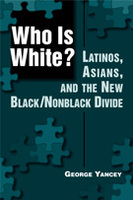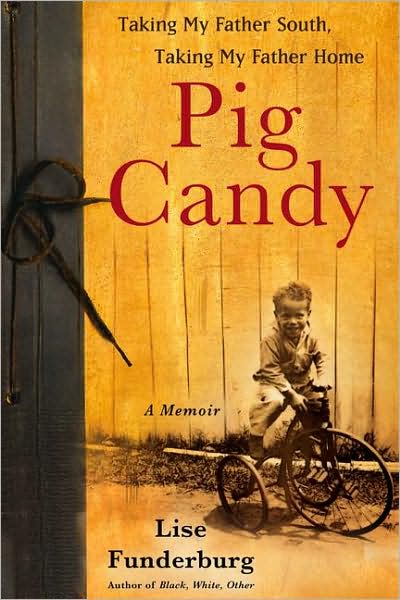New Faces, Old Faces: Counting the Multiracial Population Past and Present
Ann Morning, Associate Professor of Sociology
New York University
Chapter in:
New Faces in a Changing America: Multiracial Identity in the 21st Century
SAGE Publications, Inc.
Paperback ISBN: 9780761923008
2002
432 pages
Edited by:
Loretta I. Winters
California State University, Northridge
Herman L. DeBose
California State University, Northridge
Multiracial Americans have often been heralded as “new people” and in fact have been rediscovered as such more than once in the last century. Charles Chesnutt’s 1899 novel The House Behind the Cedars features a mulatto character who uses the phrase to describe himself and others like him; in the Harlem Renaissance of the 1920s, “the new Negro” described a people that was “neither African nor European, but both” (Williamson, 1980, p. 3). More recently, Forbes (1993) has used the term “Neo-Americans” to denote populations combining African, European, and American Indian roots, and a century after Chesnutt’s work appeared, numerous articles and books—including this volume—convey the sense of multiraciality’s newness in titles such as “Brave New Faces” (Alaya, 2001) or “The New Face of Race” (Meacham, 2000).
Yet having populated North America for nearly four centuries, mixed-race people are far from being a recent phenomenon in the United States. Their early presence has been recorded to greater and lesser degrees in legal records, literature, and historical documentation. As far back as the 1630s and 1640s, colonial records attest to the punishment of interracial sexual unions and the regulation of mulattoes’ slave status (Williamson, 1980). Dictionaries chart 16th-century English usage of the word mulatow (Sollors, 2000), although the meaning of this term has varied over time (Forbes, 1993). Finally, mixed-race people have long populated American literature, particularly since the early 19th century (Sollors, 2000). In sum, the multiracial community is not a new, 20th century phenomenon but rather a long-standing element of American society.
By obscuring the historic dimensions of American multiraciality—emphasizing its newness but not its oldness—we may run the risk of ignoring lessons that past racial stratification offers for understanding today’s outcomes. For one thing, older social norms still make themselves felt in contemporary discussion of mixed-race identity (Davis, 1991; Waters, 1991; Wilson, 1992). In addition, history reminds us that these attitudes toward multiraciality were embedded in complex webs of social, political, economic, and cultural premises and objectives, thereby suggesting that the same holds true today. Finally, turning to the past highlights how malleable racial concepts have proved to be over time despite the permanence and universality we often ascribe to them. Given the United States’ history, the extent to which public attitudes toward mixed-race unions and ancestry have changed is remarkable. Perhaps the real new people today are not just those of multiracial heritage but also Americans in general who now conceptualize, tolerate, or embrace multiple-race identities in ways that were unacceptable in the past.
The history of census enumeration and scientific estimation of the multiracial population in the United States offers an illuminating window onto older conceptions of mixed-race status and a thought-provoking opportunity to compare past treatment of this community with its contemporary reflection. Although the introduction of multiple-race self-description on the 2000 census is often depicted as an entirely new innovation—much as multiracial people themselves are considered to be a new group (Nobles, 2000)—it was not in fact the first time that mixed-race origins have been recorded on the U.S. census. In the 19th century, multiracial response categories were a common, if sporadic, feature of decennial censuses whose appearance and disappearance can be traced to the social, political, and economic outlooks of the nation’s white citizenry at the time. Accordingly, this chapter seeks both to describe historical practices for counting the mixed-race population and to link them with the racial ideologies that motivated and shaped them. Although the focus is on national census enumeration, I also study the efforts of scientists who sought for over a century to estimate the size of the multiracial population and who tended to share the same preoccupations and preconceptions about race as the census officials of their day. Finally, I consider possible implications of the historical record for our understanding of the introduction of multiplerace classification on the 2000 census, suggesting that factors similar to those that weighed in the past are still discernible today…
Read the entire chapter here.







